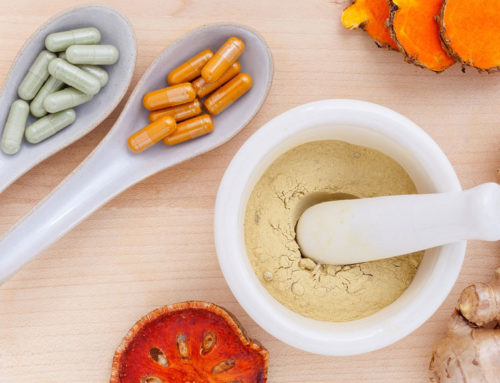A functional medicine approach involves a comprehensive and individualized assessment of your overall health, lifestyle, and environment. This includes evaluating your past and current exposure to toxins, identifying your unique vulnerabilities, and developing a personalized plan to minimize your exposure and support your body’s natural ability to detoxify and eliminate toxins-“reducing the toxic burden”.
Toxins, such as heavy metals, pesticides, and environmental pollutants are hidden in many seemingly safe products. Artificial colorings, flavorings, additives, and preservatives, pesticides, insecticides, and herbicides pollute much of our food supply. “Reducing the toxic burden” refers to changes we can make to our daily habits to reduce exposure to these toxins. The goal is to minimize exposure and support the body’s natural ability to detoxify and eliminate these toxins. This approach can help to improve symptoms related to chronic health conditions, as well as prevent the development of new ones.
A person’s toxic burden is usually a result of three main factors:
- Genetics: predisposition for effective production of detoxification enzymes needed to process toxic compounds or substrates is unique and depends on familial influence.
- Toxins: exposure can occur through both internal and external sources.
- Diet: a diet rich in detoxification nutrients and phytonutrients will promote the body’s ability to eliminate toxic substances.
We often assume that if products are on the shelf, they must be safe. Unfortunately, this is often not the case. There are however, several things you can avoid to reduce your toxic burden, including:
- Air quality control: Avoid air pollutants as much as possible. Most chemicals in air fresheners are highly toxic. They can cause respiratory issues, allergies, headaches, endocrine (hormone) disruption, and more. Opt for safe, phthalate free candles, air fresheners and fragrances.
- Pesticides and chemicals: Opt for organic fruits and vegetables, and avoid processed foods that contain artificial preservatives and colors. Be sure to wash your fruits and vegetables before consuming. Check out ewg’s produce shopping guide.
- Personal care products: Be mindful of the ingredients in your personal care products, such as makeup, lotion, deodorant and hair care products. Try to avoid products that contain parabens, phthalates, and synthetic fragrances. The Environmental Working Group (EWG) has some helpful guides for choosing safe personal care products.
- Cleaning products: Try to use natural cleaning products, such as vinegar and baking soda, instead of harsh chemicals.
- Plastics: Avoid using plastic containers and packaging, especially those that contain BPA or other harmful chemicals. Never microwave plastic or styrofoam products (even BPA free plastic).Plastics contain endocrine disruptors: Take the time to put leftovers on a non plastic plate to reheat. Also avoid heating water in plastic kettles for your coffee or tea.
- Heavy metals: Try to avoid consuming large amounts of fish that may contain high levels of heavy metals, such as mercury, and opt for safe cookware.
- Stress: Try to manage stress through exercise, meditation, or therapy and avoid unnecessary stressors. Unmanaged stress can impact your detox pathways and your ability to clear toxins.
- Sweat! Getting moving can help relieve stress, improve blood flow and overall wellness When you sweat you allow toxins to leave your body. Epsom salt baths and saunas are also beneficial.
- Cry: Let your emotions out. Don’t lock the inside. Not only do tears clear out debris near your eyes, but crying allows the release of hormones that help your body detox.
- Laugh: Laughter helps stimulate your lymphatic system and facilitates detox.
- Treat yourself to a massage. This will improve your circulation and help you release more toxins.
- Fuel your detoxification pathways: “Metabolic pathways in the body are responsible for converting toxins into chemical compounds, allowing toxin elimination primarily through urine, stool, and sweat. Many different nutrients are required to fuel the process of detoxification. A shortage or deficiency of any one of them could result in an increased toxic load or toxic burden. Lowering the body’s toxic burden by eating clean, wholefoods will assist the liver in converting toxins stored in the body’s fat cells into intermediate metabolites that can then be excreted through the urine and stool. Intake of high-fiber foods with adequate hydration is essential to ensure elimination of these transformed toxins.” -IFM’s Elimination Diet Guide
It’s important to note that while it is not possible to completely eliminate exposure to toxins, we can make changes to avoid them when possible.
Sources & Helpful resources
Deanna Minich’s safe guide to cookware
EWG Skin Deep Data Base
The Environmental Working Group
The Institute for Functional Medicine’s Elimination Diet Guide
Toxicant Exposure at home







Leave A Comment